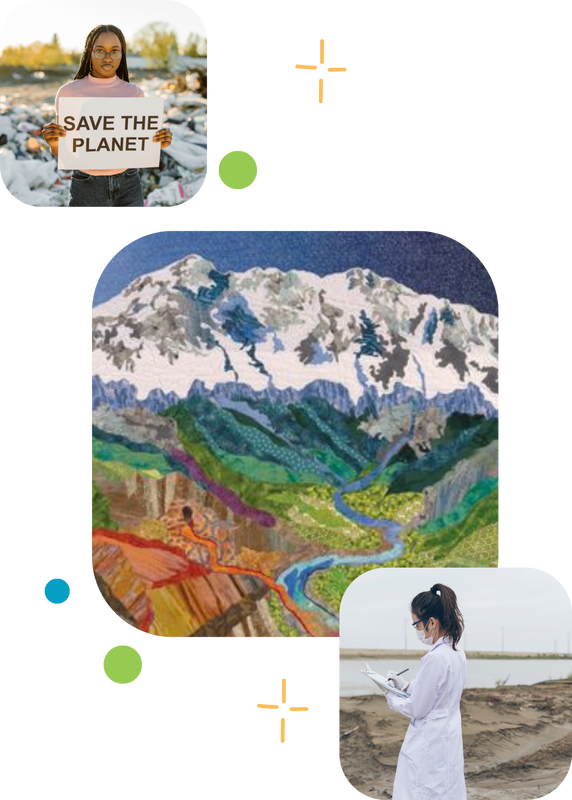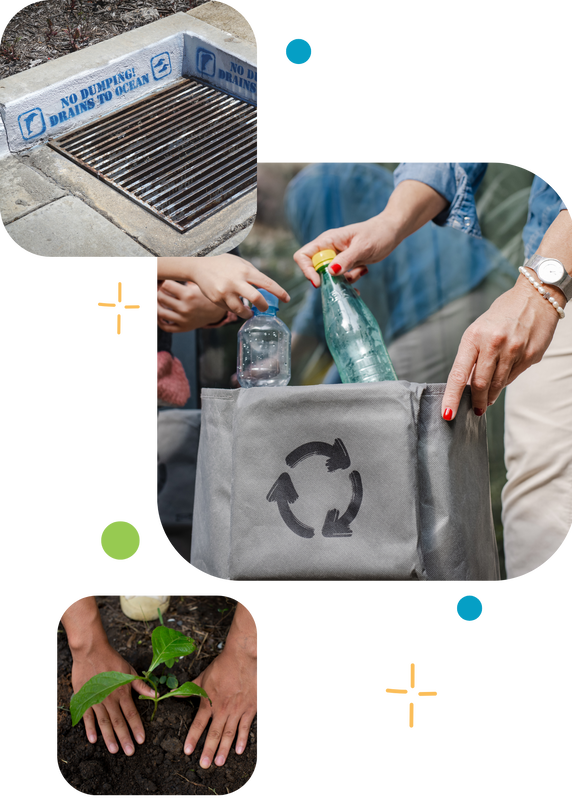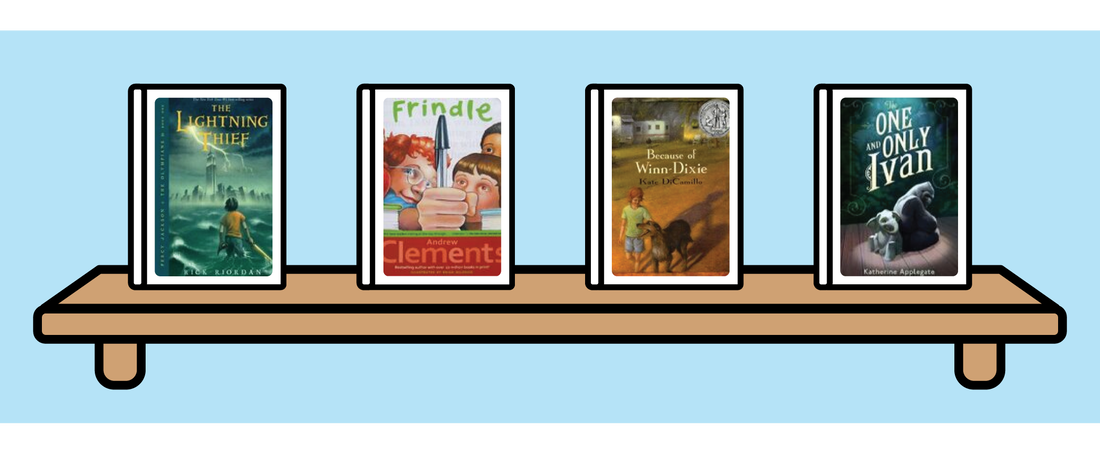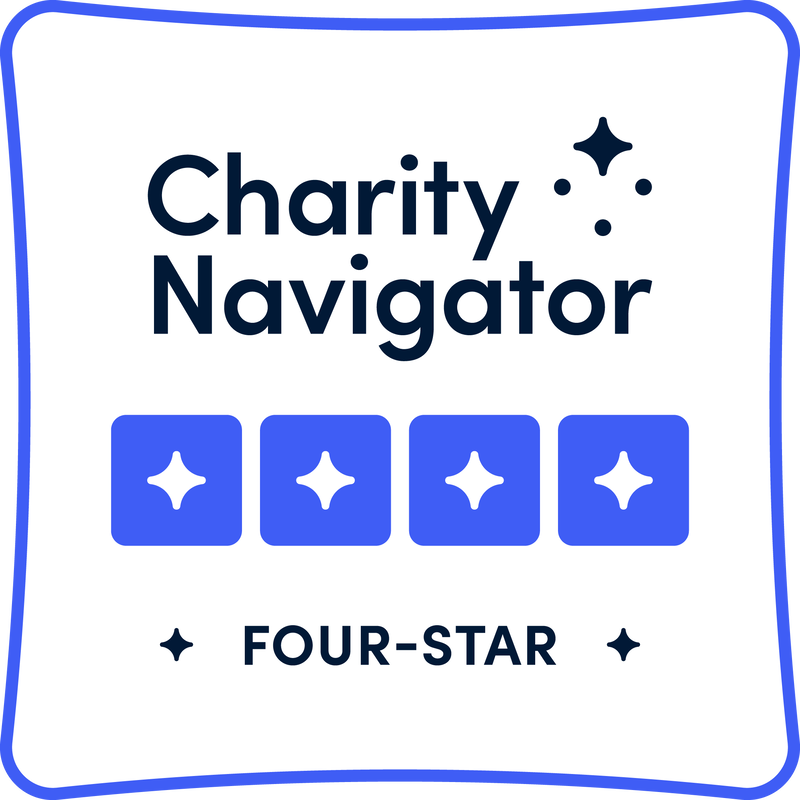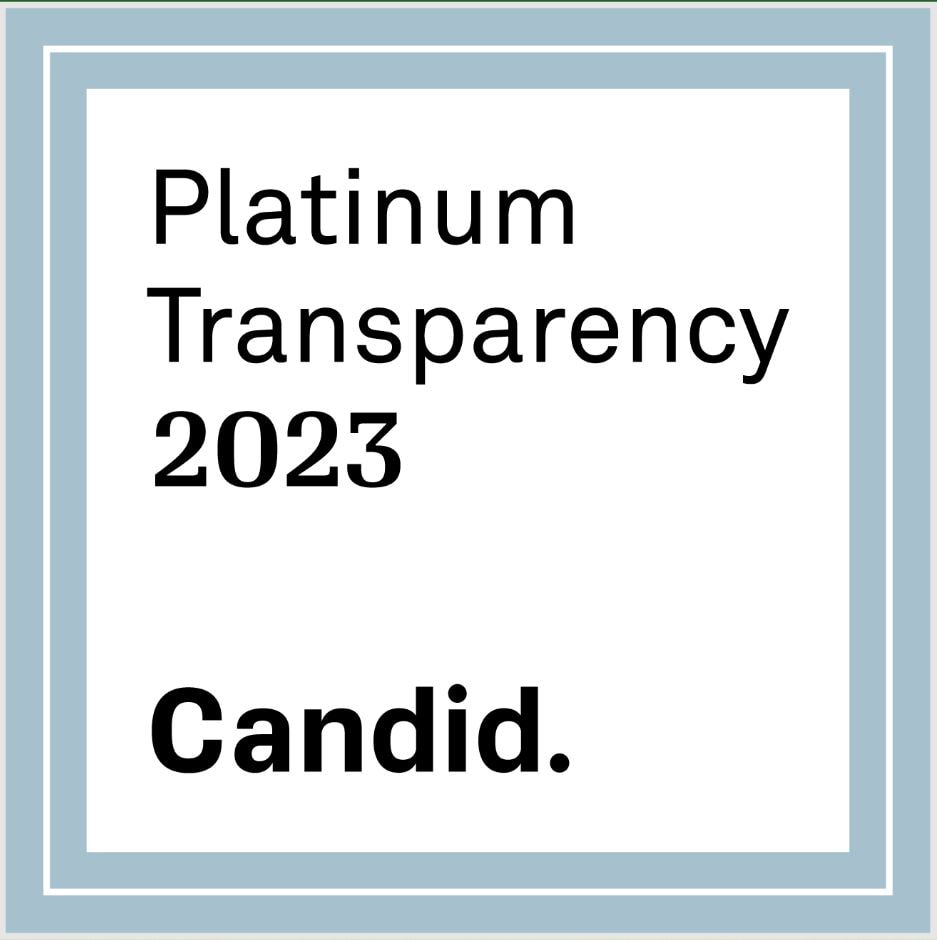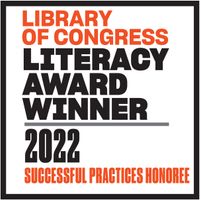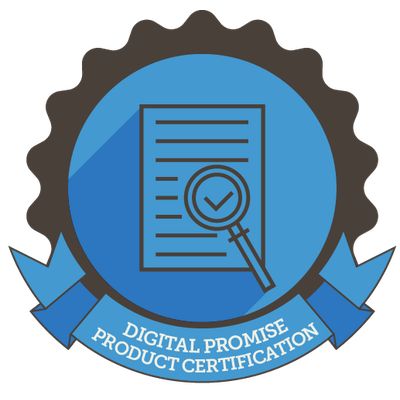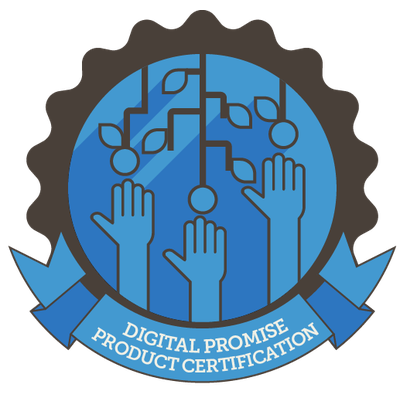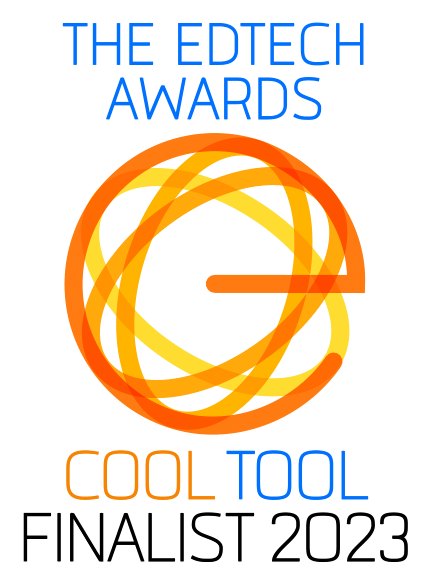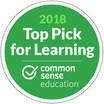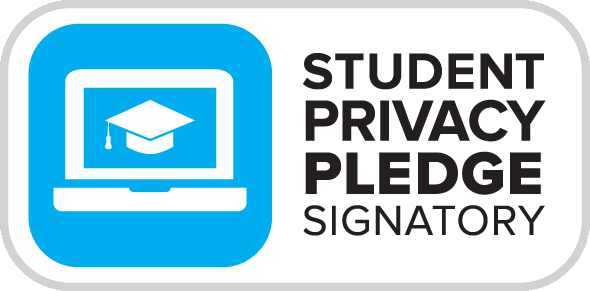|
What is Reading Comprehension? Reading comprehension is the ability to understand, interpret, and analyze written text. It involves not only decoding the words on the page but also grasping the meaning behind them, making inferences, and connecting the content to prior knowledge or other texts. Effective reading comprehension requires a combination of several skills, including:
Reading Comprehension Strategies ReadWorks resources are one hundred percent free! All you need is an email address to access more than 6,000 texts to use with reading comprehension strategies. Everything we create is built on the science of reading and promotes building background knowledge, growing vocabulary, and strengthening strategic reading. Our keystone comprehension strategy is Article-A-Day (AAD). It is a built-in program that takes a few minutes to set up for your child or student. It includes three to six reading passages for several core topics and your choice of inferring or express question sets. Research has shown that using AAD for at least 15 weeks of the school year significantly improves reading comprehension. See the research. Reading Comprehension Texts and Question Sets Our free reading comprehension texts and question sets can be used through printing or through a digital assignment. The very print-friendly Article-A-Day Sets with nonfiction decodables can be used as a reading comprehension worksheet. Testing students’ knowledge with question sets is helpful to understand what information was and wasn’t comprehended after reading the text. This can be helpful for a whole class, small group reading, or individual students who may have an IEP for reading. Kindergarten Reading Comprehension Exercises and Printable Worksheets Example: Shapes In Quilts Article-A-Day Set First Grade Reading Comprehension Exercises and Printable Worksheets Example: All Sorts of Animals Article-A-Day Set Second Grade Reading Comprehension Exercises and Printable Worksheets Example: All About Space Article-A-Day Set Third Grade Reading Comprehension Exercises and Printable Worksheets Example: Helping Nature Itself Article-A-Day Set Fourth Grade Reading Comprehension Exercises and Printable Worksheets Example: Medicinal Plants of Latin America Article-A-Day Set Fifth Grade Reading Comprehension Exercises and Printable Worksheets Example: Sports Around The World Article-A-Day Set Written by:Melissa Calder, Director of Marketing and Engagement
0 Comments
I scream, you scream, we all scream for ice cream! Celebrate National Ice Cream Month with our K-6 reading passages about ice cream, popsicles, and other tasty treats. Reading about ice cream is almost as sweet as tasting it, we think. 1st Grade: I Scream for Ice Cream! Meet Nancy Johnson, the woman who cracked the code for quick-freezing ice cream. Troy's Treat Troy’s generosity earns him a tasty treat! 2nd Grade: Who Invented the Popsicle? Read the story of Frank Epperson, the man who accidentally invented popsicles. The Best Argentinian Cookies Spark up your sweet tooth with sweet, buttery alfajores. 3rd Grade What Is Wagashi? Learn about the seasonal Japanese candies that are as beautiful as they are delicious. Abuela's Bake Sale Dish Abuela’s special budín de pan saves the day! 5th Grade: A Food Discovery Simone’s father helps her embrace their heritage with a special cultural recipe. 6th Grade: The Inside Scoop Beloved ice cream truck driver Guy Elefantis shares his sweet daily routine. Written by:
Samuel Siegel, Marketing & Development Specialist July 4, 2023, is likely to be a day full of fireworks, barbecues, and red, white, and blue. But what really happened on July 4, 1776? Take your readers on a journey through the Revolutionary War and the ratification of the Declaration of Independence with ReadWorks texts! Learn about another significant day for American independence, Juneteenth, commemorating the emancipation of enslaved African Americans on June 19, 1865. This Independence Day, read all about the history and celebration of American independence.
Written by:
Samuel Siegel, Marketing & Development Specialist ReadWorks Produces High-Quality, Diverse and Representative Content with an In-Depth Tagging System5/4/2023 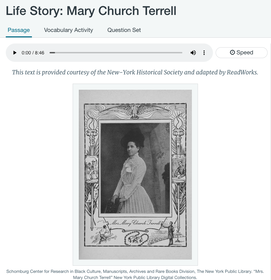 Content Example: The Story of Mary Church Terrell Content Example: The Story of Mary Church Terrell At ReadWorks, producing high-quality content means ensuring our products are inclusive and reflective of everyone who uses them. It is important that our content provides “windows and mirrors” for all the readers who encounter it: content that reflects readers’ experiences, while also providing rich, engaging glimpses into other lives, places, and time periods. We understand that building a diverse and representative library isn’t an end goal but a continuous process, and we’re dedicated to constantly improving. So, what does that continuous process look like? It starts with knowing our library inside and out. Before we even start to create or curate texts, we combine our research-based focus on building background knowledge with an awareness of our library and the topics and voices we want to elevate. We have developed an in-depth tagging system to evaluate the strengths and gaps within our library. Each piece of content is internally tagged by topic, genre, settings, and qualities of characters (ranging from ethnicity to disability status to religion and beyond). This helps the ReadWorks team understand what our library already offers and what we should focus on next.  Content Example: Indonesia's Culture and History Content Example: Indonesia's Culture and History With that understanding, we are constantly working to add new texts to ensure representation in our library. Sometimes, we work with both internal and external ReadWorks writers from diverse backgrounds to create new, relevant, and authentic fiction and nonfiction. Other times, new texts come from experts at our museum and cultural institution partners, such as the American Museum of Natural History and the Vanderbilt University Center for Latin American, Caribbean, and Latinx Studies. At all times, we’re keeping in mind our larger goal: to create a library where every reader can feel connected to and engaged in what they are reading and learning. Part of meeting this larger goal goes beyond the new texts we add—it also requires carefully reviewing the texts that have been added to our library over the many years that ReadWorks has been serving teachers. We are constantly reviewing texts to ensure that they meet our current standards around sensitivity, fairness, and representation. This is especially important as we revisit texts about historically marginalized or underrepresented populations. During this review process, we seek training and resources specific to the populations our texts represent, and we consult multiple sources to confirm the accuracy of information in a text. We do our best to represent the complexities surrounding sensitive topics in ways that are developmentally appropriate. And we take every aspect of a text into consideration, including titling, images, and the focus of its curricular supports. We also consider the perspectives and insights shared by ReadWorks users, and texts are typically reviewed by multiple team members. At ReadWorks, high-quality content is diverse and representative, and we recognize the responsibility that comes with achieving this goal. We know that our understanding of issues related to diverse populations and equity will continue to evolve, and so this process of careful review will always be ongoing. 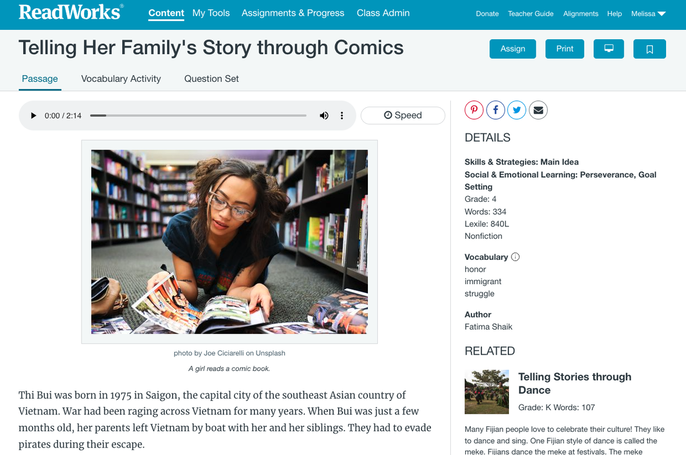 Content Example: Telling Her Family's Story through Comics Content Example: Telling Her Family's Story through Comics Written by:
Manjula Raman, Senior Director of Content & Curriculum / Senior DEI Coordinator Nathalie Karimian, Ed.D., Content & Curricular Supports Developer Join ReadWorks this May in celebrating Asian American and Pacific Islander Heritage Month with our array of multicultural reading passages. Our Asian American and Pacific Islander Heritage filter honors inspiring figures and their remarkable contributions while celebrating the richness of AAPI cultures. Share these empowering reading passages with your class and join us in celebrating the remarkable contributions and rich traditions of the AAPI community! To give you a sample of the diversity of AAPI stories, we’ve compiled a short list of AAPI reading passages, each one highlighting a person or tradition from a different culture.
Written by:
Samuel Siegel, Marketing & Development Specialist It’s time to celebrate Earth Day! This special day is all about the planet we call home and how we can protect it for future generations. ReadWorks’ Earth Day passages will spark wonder and stir inspiration in your students. Let’s explore: Earth is home to towering mountains, vast oceans, and diverse ecosystems. Share the fascinating natural world that surrounds us with these K-5 reading passages:
Inspire your students with reading passages that share the stories of individuals making a big difference on our planet.
You and your students have a role to play in keeping the Earth healthy and happy, too! Learn how to start making a difference at home with reading passages full of helpful tips.
Earth Day is once a year, but our K-12 Earth Day reading passages are here to stay. With ReadWorks, your students can experience the marvels and lessons about our planet Earth every day! Written by:
Samuel Siegel, Marketing & Development Specialist “ReadWorks Book Studies are the piece that was missing and that could really enhance my ELA block.” - Yvonne A., GA “Book Studies add a different type of background knowledge that students wouldn’t have had before. They incorporate a lot more ideas into their studies that I wouldn’t have thought to come up with on my own.” - Karlee L., NC Teaching a novel to your class? Join the thousands of teachers enriching their students' reading of The Lightning Thief, Esperanza Rising, Frindle, Wonder, Sarah, Plain and Tall, and more! ReadWorks Book Studies make it easy to integrate more reading into your daily ELA instruction and deepen your students’ learning. ReadWorks has Book Studies for elementary and middle school. Each ReadWorks Book Study has a hand-curated text set of diverse, grade-level-appropriate, fiction and nonfiction passages that will deepen students’ understanding of the novel. Our Knowledge Text Sets help students learn more about major topics in the book, such as the historical context and the geography of the setting. For example, students can learn more about the setting of Florida in our Knowledge Text Set for Because of Winn Dixie. Theme Text Sets support central ideas that underlie the story, such as friendship and making difficult decisions. You can find texts about “Art and Social Justice” to enrich your students’ reading of The One and Only Ivan. Deeper Dive Text Sets take the novel a step further by connecting to the real world or a deeper theme. Our Book Study for The Outsiders has a Deeper Dive Text Set on “Finding Out Who You Are and Who You Can Be.” Have your students read one, two, or all three text sets as you teach each book! Each ReadWorks Book Study can be digitally assigned, printed, or projected. The passages in a text set can be taught in the best order for your students: start with the one that interests them the most or the one most closely tied to your current discussions, then build from there! Each passage comes with an interactive vocabulary activity and comprehension-monitoring question set. Want to bring more writing and speaking in too? Download ReadWorks’ easy one-page guide for linking reading, writing, and speaking! Have a suggestion for a new ReadWorks Book Study? Email us and let us know! We are always adding more ReadWorks Book Studies! Visit the ReadWorks Elementary School Book Studies and the ReadWorks Middle School Book Studies pages for new ideas and tools to enhance your students’ classroom experience and your novel units. Written by:
Nathalie Karimian, Ed.D., Content & Curricular Supports Developer St. Patrick’s Day is just around the corner, on March 17! This fun-filled holiday is often associated with four-leaf clovers, leprechauns, and pots of gold. However, there's much more to this holiday than meets the eye. For instance, did you know that St. Patrick was a British prisoner who was kidnapped by Irish pirates as a teenager? ReadWorks reading passages and question sets are great resources to dig deeper into the true meaning of the holiday this St. Patrick’s Day 2023 while sharpening students’ background knowledge, reading comprehension, and vocabulary. Motivate your students to learn about the Irish roots that make St. Patrick’s Day special through ReadWorks’ engaging ELA offerings: Saint Patrick’s Day Reading Passages: Irish-American Heritage Month Reading Passages: Written by:
Samuel Siegel, Marketing & Development Specialist  Looking to re-engage your students and boost their motivation to get out of a mid-year slump? Assign these 10 nonfiction and fiction passages about courage from ReadWorks’ free digital library. These high-quality passages explore the triumphs and challenges of pilots, suffragettes, athletes, and more. Teaching about persistence provides opportunities for students to recognize their own strengths and help build their resilience when faced with difficulties. These short, accessible texts also serve as great jumping-off points for students to work on their critical thinking skills while building background knowledge. Kindergarten: Story Day Surprise This fiction text explores Cedro’s experience as a bilingual student during story day at the library. Will he be brave enough to ask the storyteller to read a new book he finds? 1st Grade: Hazel Ying Lee Learn about the perseverance of Hazel Ying Lee, the first Chinese American woman to get her pilot’s license. 2nd Grade: Female Heroes in American History ReadWorks’ Paired Texts allow students to build vocabulary and knowledge quickly on a related topic. Explore the courageous feats of Harriet Tubman and Elizabeth Blackwell. 3rd Grade: The Wounded Warriors Discover the athletic talents of The Wounded Warrior Amputee Football Team and how they find joy through sports and community. 4th Grade: The Wheelchair Stunt Master Aaron Fotheringham went viral after perfecting a daring stunt with a wheelchair. One of his goals is to inspire others to see their disability as a positive thing in their life. 5th Grade: The Legend of the Goddess Tin Hau, or Mazu The Goddess Mazu displays a balanced courage while attempting to save her brothers in this Indigenous Chinese myth. 6th Grade: Important Cree Chiefs Explores the many ways Cree chiefs have demonstrated their bravery by fighting to preserve their culture and independence. 7th Grade: The Boy Who Didn’t Want to Catch In this fiction text, David must decide if he can “step up to the plate” when his teammates need his help. 8th Grade: Life Story: Mary Church Terrell ReadWorks has partnered with the New York Historical Society to provide this passage about Mary Church Terrell, a Black activist who used her voice to speak out against racism and misogyny. 9-12th Grade: Fighting for Their Lives Find out how Indigenous women and girls from the Blackfeet Nation Boxing Club are fighting against violence. These passages can easily supplement your ELA curriculum and challenge your students to set big goals for themselves. Each passage also comes with text-dependent question sets to improve reading comprehension skills. Written by:
Caitlyn Meagher, Customer Service Specialist Black quiltmakers have played a vital role in the illustrative expression of Black history and the development of American quiltmaking. In collaboration with the International Quilt Museum, we aim to share these important Black stories with all readers. Over the past 200 years of American history, Black quiltmakers have channeled their creativity into works of art that focus on all sorts of topics. Quiltmaking has been a way to acknowledge and remember hardships, connect with communities, and celebrate Black joy! Explore a range of topics in the Black History Month reading passages contained in the reading comprehension lessons from ReadWorks & the International Quilt Museum. International Quilt Museum, University of Nebraska-Lincoln
You can visit the International Quilt Museum virtually or in Lincoln, Nebraska this Black History Month. Incredible collections, like Uncovering Black History: Quilts From The Collection Of Carolyn Mazloomi, are on display now! Written by:
Samuel Siegel, Marketing & Development Specialist |
Categories
All
Archives
July 2024
|








 RSS Feed
RSS Feed 

















